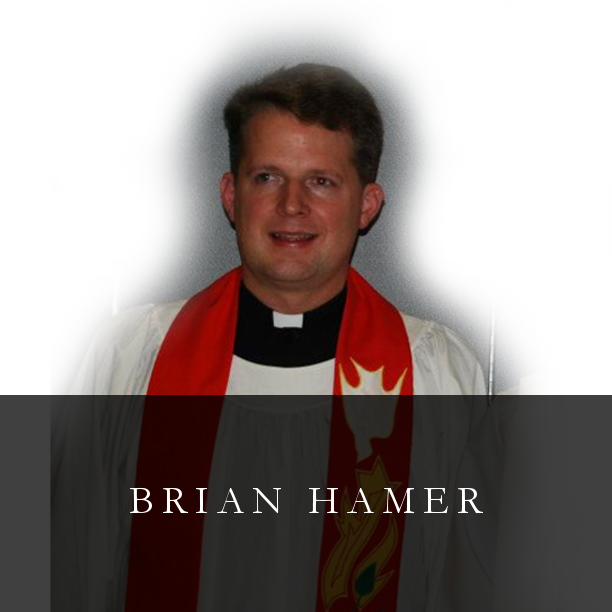Faith clings to Jesus’ cross alone / And rests in Him unceasing.
II. Baroque Cantata
| Salvation unto us has come / By God’s free grace and favor; Good works cannot avert our doom, They help and save us never. Faith looks to Jesus Christ alone, Who did for all the world atone; He is our one redeemer. (TLH 377.1) |
00:55 Es ist das Heil uns kommen her / Now is salvation to us come here
1:35 Von gnad’ und lauter Güte / Of grace and sheer kindness
2:07 Die Werke helfen nimmermehr, / Works, they avail no more,
2:47 Sie mögen nicht behüten. / They cannot make us secure.
3:22 Der Glaub’ sieht Jesum Christum an / Faith looks to Jesus Christ
3:50 Der hat g'nug für uns all getan, / He has enough for all accomplished,
4:09 Er ist der Mittler worden. / Has become the Mediator.
Using the ten-stanza version in Lutheran Service Book (#555) from this video as a go-by, one can easily see why “Salvation Unto Us Has Come” has secured a permanent place in the core hymnody of the Reformation. Here the faithful are given voice to proclaim the fullness of the Law for the sake of the comfort of the Gospel. Salvation has come down to us as God’s free gift (st. 1), for we poor sinners could not keep the Law of God (st. 2). Indeed, the fantasy that we could have our best life now is an expression of the sinner turned in on himself, for “so deep is our corruption” (st. 4).
But Christ came to fulfill the Law for us by His active obedience (st. 5) and atonement (st. 6). Therefore, the baptized trust not in themselves, but in Christ (st. 7) for life and salvation. To be sure, the Law is still a necessary dynamic of the Christ life because it is the schoolmaster to bring us to repentance (st. 8). But “Faith clings to Jesus’ cross alone / And rests in Him unceasing” (st. 9), for which the faithful can only lift a high and holy doxology “To Father, Son, and Spirit” (st. 10).
Grant this, Lord, unto us all!



 RSS Feed
RSS Feed
